
If you want to grow your small or medium-sized business, you need to rank well in online search results. For most Internet users, if you aren’t visible right away, you don’t exist. Most people (68%) start their online journey with a search engine, but only a tiny fraction (0.63%) ever click on the second page of Google's results.1
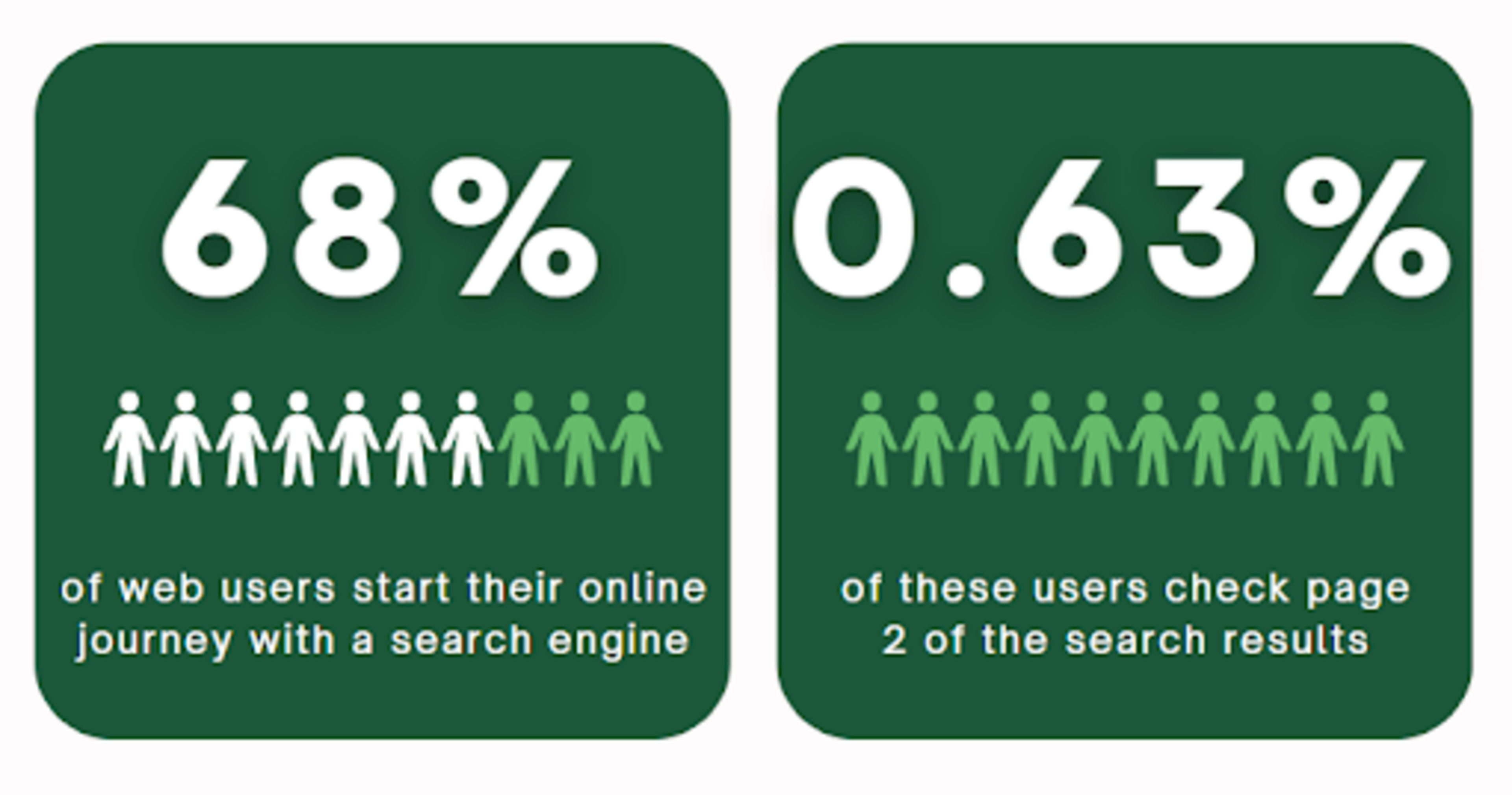
Having a website for your business is an absolute necessity in 2023, when over 71% of businesses have their own website.2 However, learning how to create an optimized website with engaging content can be difficult for business owners who are still learning about search engine optimization.
That’s where we come in.
At Expertise.com, one of our goals is to help small and medium-sized businesses like yours improve their digital footprint. A quality website helps your customers make better decisions for themselves and improves your ranking in search engine results pages (also known as SERPs).
The following guide is designed to help time- and resource-constrained businesses make simple and impactful changes to their SEO strategy. Our recommendations will cover the key methods you can explore to improve your business website’s quality in the eyes of customers and web crawlers.
Search engines such as Google and Bing use top-secret computer algorithms to analyze and rank websites by degree of relevance and importance. Unlike most digital advertising, including paid search ads, you can’t pay your way to a top ranking. This guide will take you through the process of improving your site’s visibility in the “organic search” landscape.
To rank well in local search results (including in aggregated lists like “Business Services Near Me”) and attract customers, your site needs to immediately and effectively answer the following questions:
Who are you?
What service(s) do you provide?
Where are you located?
When are you open?
How can you be contacted?
To help users easily answer those questions, make sure the following information is available on every page:
Business name
Address
Phone number
Hours of operation
Map and service areas
Business license number (if applicable)
Social media buttons (a strong social media presence can give your business added credibility with customers and search engines)
Placing this information in your footer or a sidebar is a great way to make sure it’s easily accessible without dominating every page.
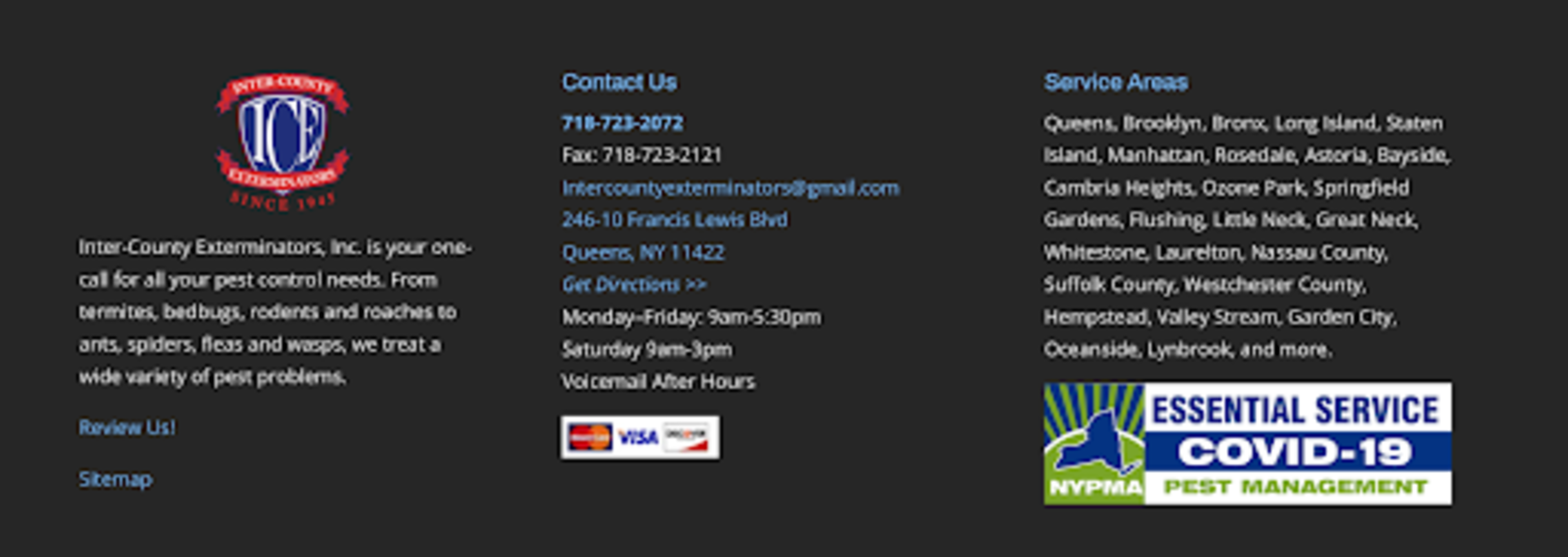
Your header should contain your logo, business name, and at least one method for customers to contact you.

Many web users search for local stores on map platforms like Google Maps. To gain traction with these customers, you need to get included in Google’s local results.
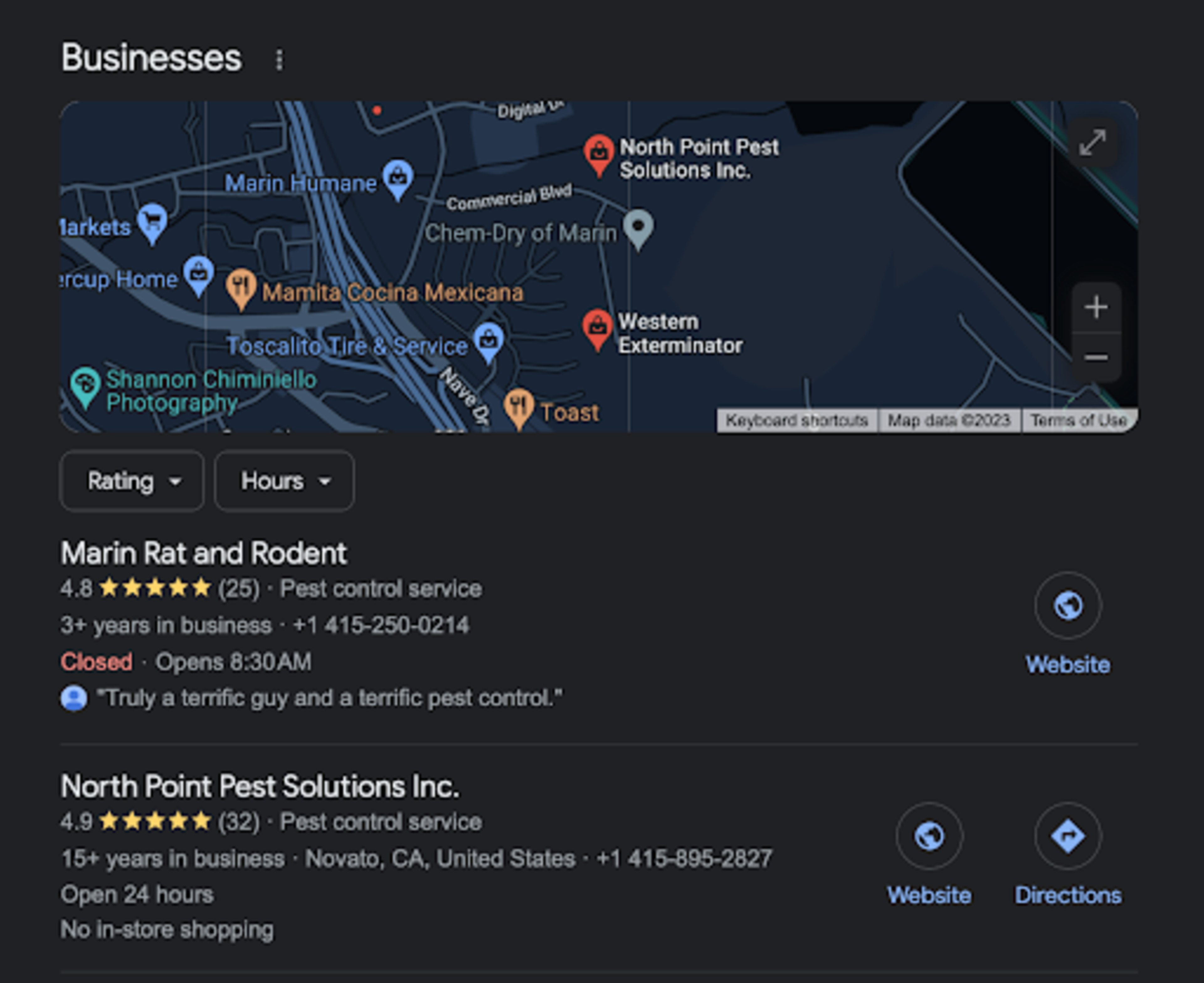
For your business to qualify, it must have:3
A staffed, physical address (not a P.O. Box or virtual office)
A local area code phone number (not a toll-free or vanity number)
Face-to-face interactions with customers, either at the business (like a doctor’s office) or the customer’s location (like an electrician)
Some of the most important Google local ranking factors include:4
Citation quality and consistency
Your business category
Proximity to searched location
User-generated content
Traditional SEO factors
Keywords are a critical part of an SEO strategy. Keywords are the words or phrases relevant to your business that help search engines and readers know what your site is about.
Keywords tell a lot about a user’s intent, so separate your pages accordingly to give each customer the information they are looking for. For example, someone searching for “Joe’s Pizza menu” has a very different intent than someone searching for “Joe’s Pizza jobs,” so these users should be guided to separate pages.
Targeting separate keywords on separate pages lets you direct customers to a page that best answers their questions.5 Each page can have a clearer focus, which will benefit your customers and your SEO.
Your keyword strategy should target both brand and non-brand terms. For “Snapshot Photography” in Brooklyn, New York, the brand keywords would be the business name, snapshot photography, and geo-specific phrases such as snapshot photography Brooklyn NY. The non-brand terms would likely include professional photographer, Brooklyn professional photographer, wedding photographer, certified professional photographer, passport photographer, and much more, often covering the scope of your services. If you’re unsure of what to use for your business, you can read up on keyword targeting.
Your business name, address, and phone number (sometimes abbreviated as NAP) should be identical across your web presence.
Why? Search engines such as Google compare data from their own maps and databases with citations from sites such as Yellow Pages and Yelp. Each citation helps verify the accuracy of your business.
Inconsistencies in your business name, location, hours of operation, license information, and more can hurt your ability to rank in local search results. So whether you use street or st., Suite 2 or #2, or anything else, make sure it is the same across the internet.
To help check and update your citations, read our Ranking in Google guide.
Make sure your content can be crawled. Search for the following using either Google or Bing: cache:yourdomain.com/pagename
When you view the cache, click “text-only version” in the top right corner. This displays exactly what search engines see when crawling your site. A good rule of thumb is that any content that can be copied and pasted can be crawled by a search engine.
Citation quality and consistency matters. Search for your business listing on Moz Local6, then use our local listings guide to make any needed changes.
If you have multiple locations, create separate pages for each one: You can later optimize your site for multiple locations.7
If you’re worried about privacy, you can still rank. If you have a home office, you shouldn’t feel pressured to provide your exact address. However, you should include your city, ZIP code, and phone number.
When someone searches on Google or Bing, their first interaction with your site will be your title tag and meta descriptions. These are part of your HTML (hypertext markup language) coding.
HTML is the standard formatting language for displaying online content and is easily read by search engines when they crawl your site to display it in relevant SERPs. If you built your website with a template, it will likely be coded in HTML.
Let’s go over how to make a great first impression on both site visitors and crawlers.

The blue text in a search result is your page’s title tag. This short heading is your web page’s main descriptor and is considered by SEO consulting firm Moz.com as “one of the most important on-page SEO elements.” 8
Your title tags should include your company’s name, information about the specific page, and your city and state. Many businesses see improvements in local search rankings by including their city in the title tags.
Title tags should include some of your most important keywords. For the Bakery Nouveau’s homepage, which appeared on the first page of a Google search, the target keywords are “Seattle” and “bakery.” Fuji Bakery covered the same target keywords, plus additional keywords like “local” and “artisan.”
Google limits titles by pixel width, so use this SERP Snippet Optimization Tool to make sure your title isn’t too long.
The text below your website’s domain name is the meta description, also known as a page description. Your description should be about 155 characters (you can use the snippet tool here as well), and provide a concise explanation of the webpage.

Meta descriptions don’t have as much SEO value as your title tags, but they can improve the rate viewers click on your site from the SERP (also known as the click-through rate).
It should include at least one keyword without making the text sound unnatural. If the search query contains a keyword that matches your title or description, Google and other search engines will bold those terms. If you have the space, this is also a chance to include your city and state information.
Please note however that Google does not commit to utilizing the set content as-is in their search results, and they often test different variations across time, device, keywords, etc., depending on what they believe will work best.
Yoast, one of the largest WordPress SEO plugins, cautions web owners to treat meta descriptions as 'hints' for Google. Google may adapt results for different users and searches, aiming to improve the user experience.”9
Content quality is the most important ranking factor in SEO. Your content must provide valuable new information to customers and give them a reason to return to your site.
Even if writing isn’t your strength, your website is a can’t-miss opportunity to tell your story, explain the services you provide, and let the world know why you are better than the competition.
If you need ideas, here are some additional points every business website should touch on:
1. About: You can talk about your work experience, employees, specialties, achievements, and much more.
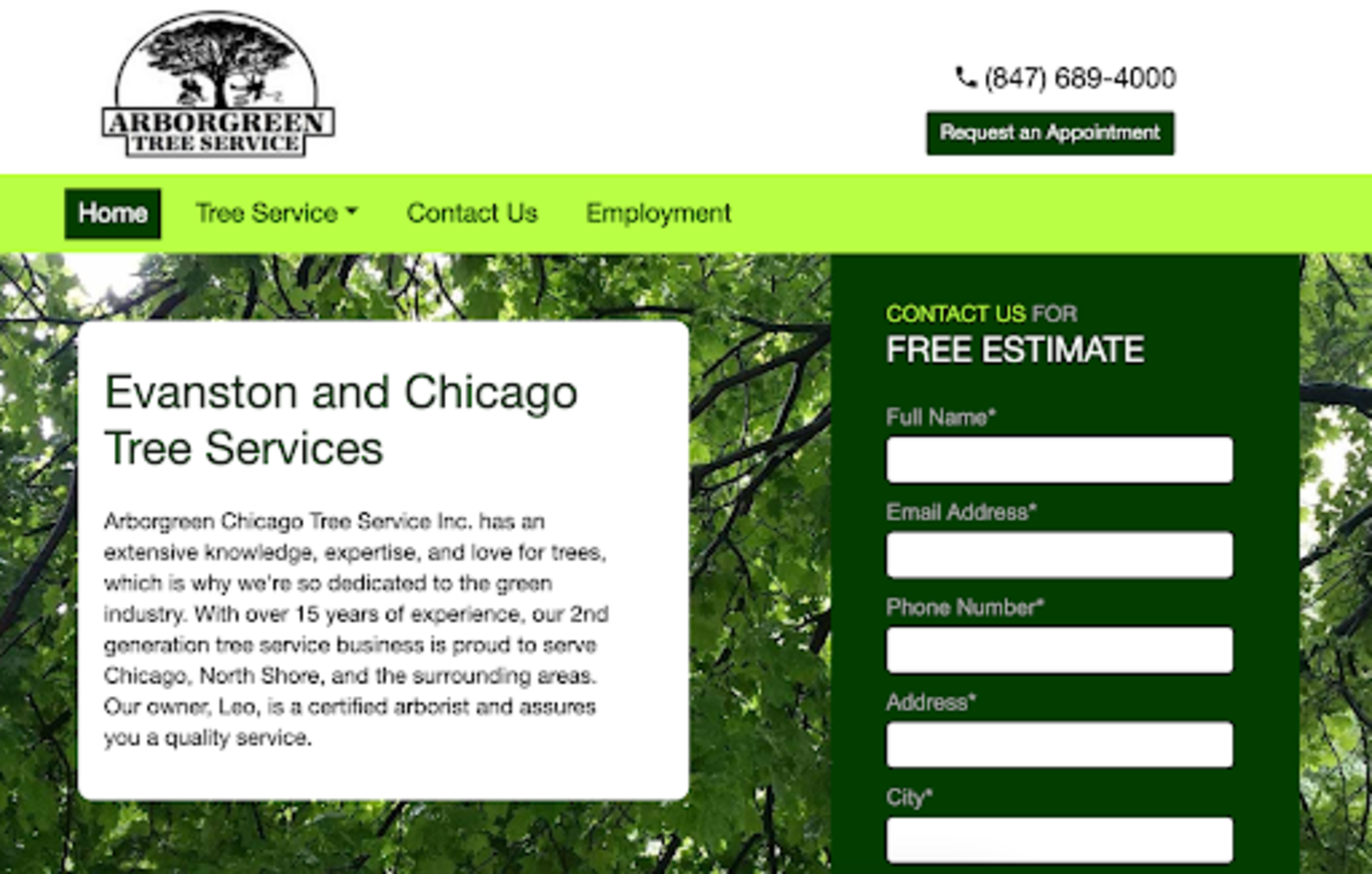
2. Products and services: If you own a clothing store, you wouldn’t want to sell men’s and women’s clothing and shoes all on the same page. Creating unique pages for each customer segment makes it easier for users to find what they’re looking for. Each page should include relevant keywords to help you rank in more SERPs.
3. User-generated content: User-generated reviews not only establish credibility and confidence with potential customers, they can also boost your SEO. In fact, 85% of users consider user-generated content (UGC) to be more trustworthy than what brands come up with.
4. Media coverage/PR: Share your newspaper clippings, magazine features, awards, and more. Don’t be shy!
5. Contact information: Surveys show that around 44% of users will leave a site if they can’t find any contact information.10 Having updated contact information on your site is necessary when it comes to converting customer visits into sales. Make sure your customers have several ways to access your contact information. You can create a “Contact Us” page with a full informational form, post contact information on the homepage, or do both.
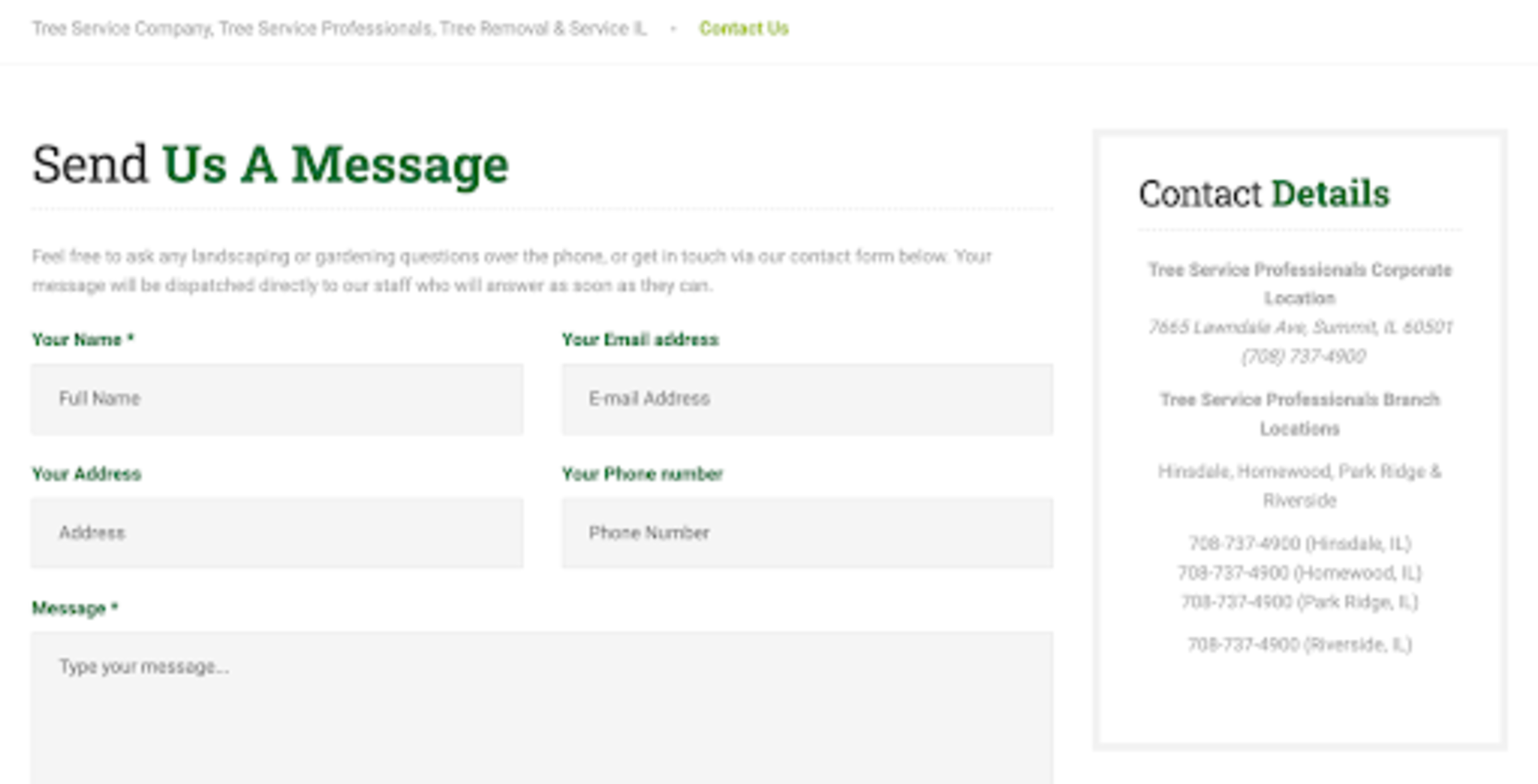
Your content should never read like a college essay. Don’t worry about meeting a word count or keyword density (the total keyword uses divided by the total words). Instead, focus on providing the most valuable information possible.
Your content should be direct, simple, and easy to read, with a professional tone. Strive to come across as trustworthy, so make sure the information you impart is valuable.
An easy way to break up your text is to signpost with headings and subheadings. Not only does this help readers navigate and skim your site, but a heading with a keyword can boost your page’s SEO ranking for that term.
Images and videos help break up large bodies of text, keeping the reader engaged while making your site visually appealing. More importantly, visuals help tell your story and establish credibility and authority.

For videos, upload the files to YouTube, then embed them on your site. For images, you can use royalty-free stock photos or take your own.
While it’s important to include visuals on your website, you don’t want to sacrifice your site’s speed. No one likes to wait for a page to load, so be sure to compress your images.
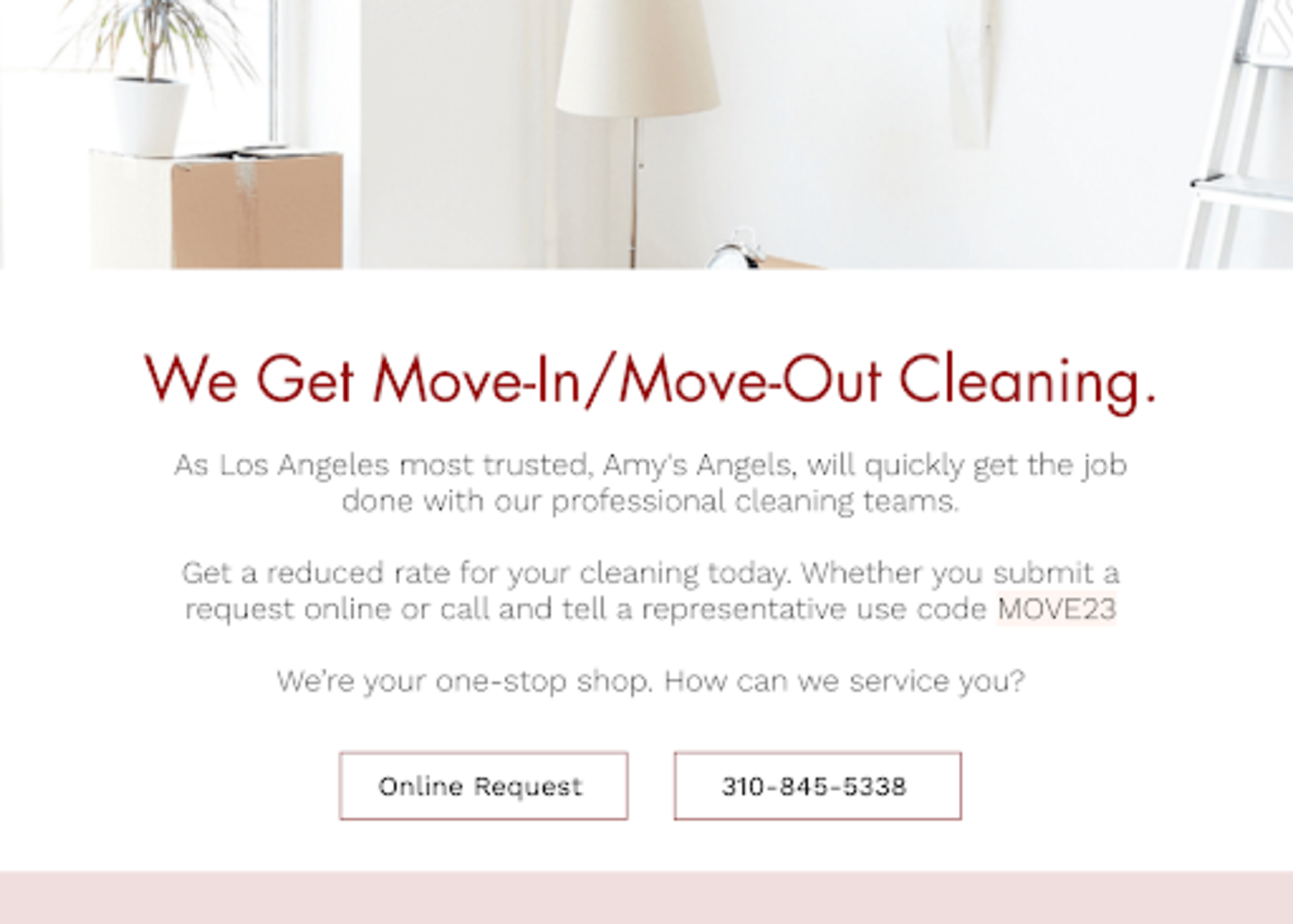
Even though your website should be mostly informational, it’s okay to encourage customers to take action. Whether this is to fill out a contact lead form or make an online purchase, your website can be a valuable transactional tool.
Aim to include a call to action on every appropriate page. Also, be sure to highlight all discounts, coupons, or promotions you’re running.
Can’t think of any effective calls to action? Visit Online Marketing Coach, SEO Copywriting, and the Content Marketing Institute for suggestions.
It’s important to take steps toward improving your website, but you don’t want to take it too far.

Ready to conquer the local search landscape and push your website to the top? We hope so. If you want to make additional changes to your site, check out our list below.
Every day, millions of people scour the internet for local goods and services. Without a strong web presence, it’s nearly impossible for business owners to tap into this customer base.
Optimizing your website may seem daunting at first, but it’s a huge opportunity to distinguish yourself from the competition. For many small businesses, SEO growth can be as simple as creating valuable, informative content. From your title tags and meta descriptions to your content and product reviews, an easy-to-use and readable website builds customer confidence and can increase visibility in search results.
Advanced SEO isn’t rocket science. In fact, this guide took you beyond the beginner SEO level!
No matter the goal of your website, producing rich content is the most cost- and time-effective way to boost its visibility. If you follow our guide to creating content and execute a few easy SEO tricks, you can establish trust and search rankings like never before!
Graham ShorrAuthor
Graham has worked in content marketing and strategy for Fortune 500 companies and niche brands in the Energy and Software industries. He graduated from Carnegie Mellon University with a degree in Professional Writing.
Citations
Other References